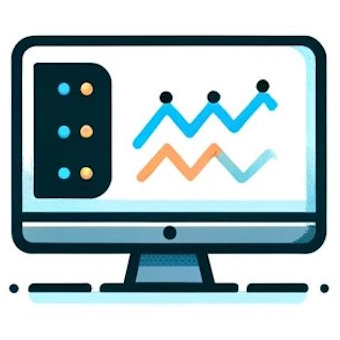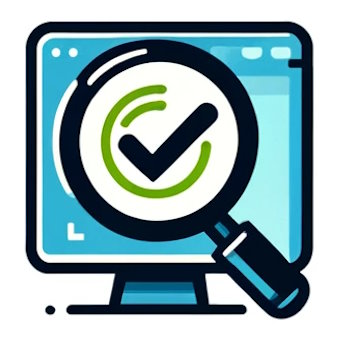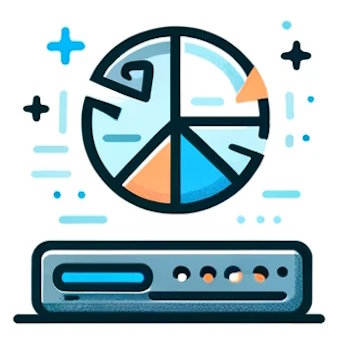What is the Procure to Pay process?
Procure to Pay is a process closely related to purchasing management within a company. This cycle starts with placing an order and concludes with processing and settling the supplier’s payment.
Definition
Procure to Pay covers all stages of a company’s purchasing process :
- Preparing the purchase requisition ;
- Internal validation process ;
- Sending the purchase order to the supplier ;
- Product delivery tracking ;
- Processing the supplier’s payment request.
Digitalizing the Procure to Pay process with software like My Intranet HRIS enables the entire process to go paperless, thereby optimizing workflows. Each company can customize this process based on its desired level of internal control and the specific stages it chooses to digitize.
The benefits of automation with Procure to Pay

Cost reduction
Dematerialization allows for centralized purchasing management. As a result, operating rules are harmonized. The outcome is reduced expenditure.

Visibility on expenses
All company expenses, broken down by supplier and time period, are accessible in just a few clicks.

Time saving
The time spent on purchasing management is greatly reduced thanks to digitalization. Digital access to data facilitates information retrieval and order tracking.

Expense control
Each purchase requisition and payment request passes through a validation flow (workflow) involving one or more individuals who check the compliance of each commitment.

Centralization of subcontractor data
All supplier information is consolidated in a central database accessible to all employees, ensuring data consistency.

Error reduction
The process is designed with several mechanisms to limit the risk of errors. Information is presented in a standardized way. Some consistency checks are automated.
No difference between Procure to Pay and Purchase to Pay
.
You may sometimes hear about Purchase to Pay. It is exactly the same procedure as Procure to Pay (P2P). The steps are identical. There is no difference whatsoever between these two concepts. It is just a question of semantics.
The priorities of a P2P digitalization project are relatively simple :
- Simplify overly complex steps ;
- Automating data flows ;
- Boost the productivity of the staff involved ;
- Make your company’s purchasing reliable and secure ;
- Strengthen compliance ;
- Improving company performance.
What are the differences between the Procure to Pay and Source to Pay processes?
Source to Pay is an extended version of Procure to Pay. Source to Pay includes a few additional steps before the purchase phase :
- Sourcing suppliers for a product or service ;
- Qualification in relation to a need ;
- Consultation via a formalized procedure ;
- Contractualization.
Source to Pay is essentially reserved for large companies. Some expenses represent major commitments, requiring the implementation of a robust procedure for selecting subcontractors.
Our tips for optimal Procure to Pay management
Efficient validation workflow
Adopt an optimal number of workflow steps to ensure expenses comply with both company policy and available budgets.
Supplier database consistency
Supplier data must be regularly updated. Each new supplier must be validated by an administrator who verifies that all necessary information is present before any order is placed.
Action traceability
Every action taken on a purchase requisition must be traced by the system. This enables precise tracking of updates made by the various parties involved throughout the process. This provides the necessary security as part of the digitization of purchasing.
Exchanges with ERP
Automating exchanges with your ERP will enable you to reach a new level in optimizing the purchasing process. These exchanges take place at several levels : receipt of products for entry into stock and payment request after receipt of invoice.
Tracking expenses
Accounting relies on the reporting provided by the solution to analyze commitments made and their budgetary impact for the organization’s various departments.
Identifying risks
Each expense is associated with a certain number of risks : exceeding authorized thresholds, suppliers not approved by the company, delivery deadlines not met, non-conformity of delivered products, processing of invoices and payments, and so on. The right Procure to Pay process architecture helps control and minimize the impact of these risks.
Automating the Procure to Pay process
The implementation of a purchasing management process requires a certain amount of formalization to identify :
- the different players at each stage : purchase, delivery and payment ;
- the levels of control useful and necessary to ensure compliance ;
- possible interfaces with ERP to integrate payment requests into accounting.
The effectiveness of your procurement policy will depend on how the process is implemented. The players involved need to know the rules, but also express their wishes. Then, the chosen solution will adapt to your needs to optimize collaboration between the various internal teams, but also with the company’s suppliers.
The transition from a process entirely managed with paper forms to a digitized e-procurement system brings greater efficiency, reduced processing times and fewer errors. There is also a positive impact on expenditure levels, thanks to real-time visibility and reinforced control of requests.
My Intranet HRIS, with its comprehensive features and SaaS model, makes digitalizing your company’s purchasing simple and effective.

